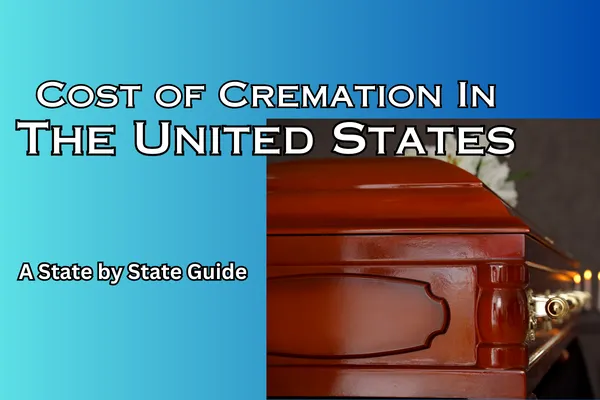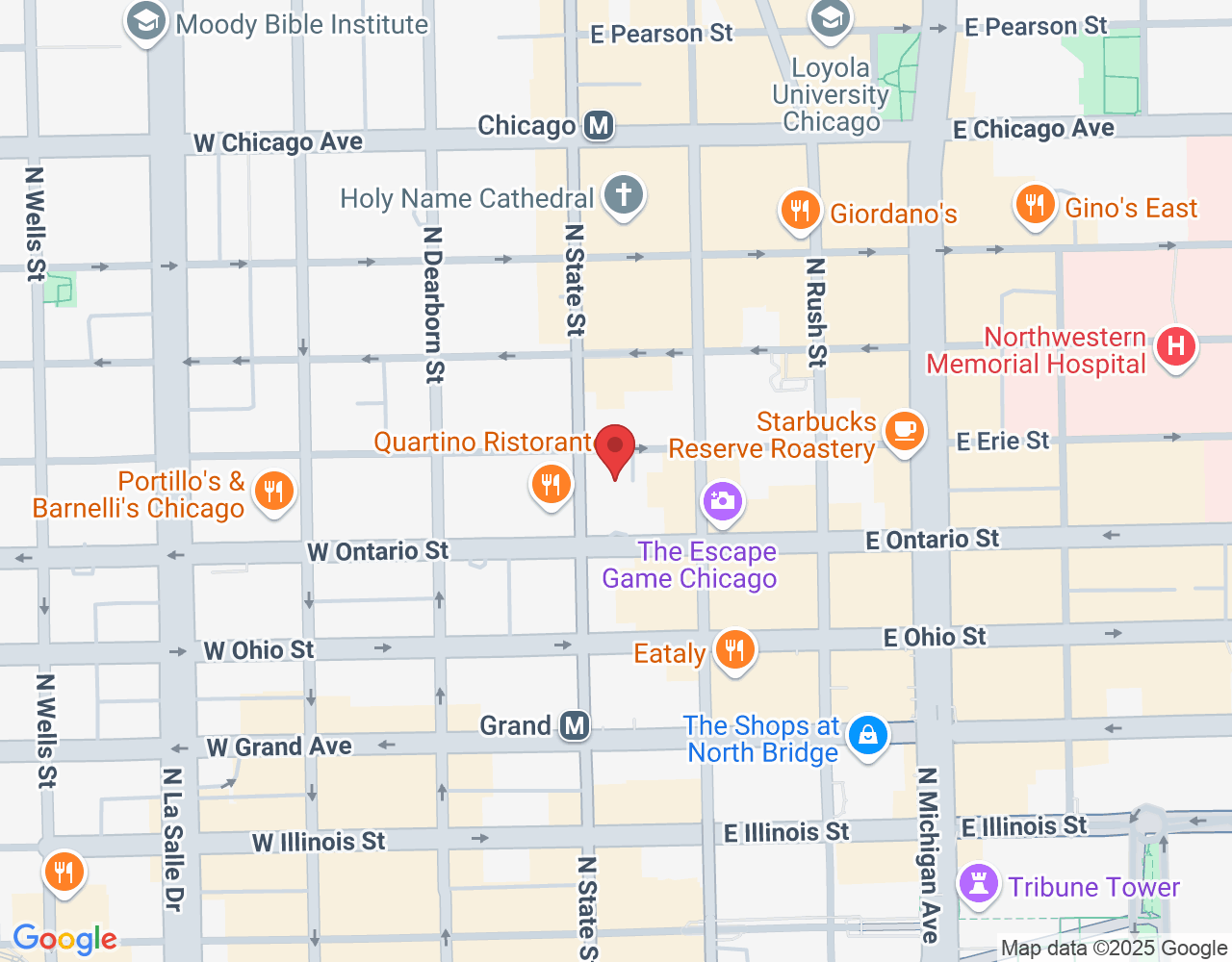
Cremation Costs Across the U.S.: State Guide
If you're seeking a straightforward guide to cremation costs in all 50 states, you're in the right place.
Cremation, an increasingly popular alternative to traditional burial, offers affordability and flexibility.
Through high-temperature processes, bodies are reduced to ashes for burial or scattering, appealing to various preferences and budgets.
Despite its perceived cost-effectiveness, cremation expenses vary significantly by location, influenced by factors like state regulations and service offerings.
This article explores average cremation costs nationwide, purchasing cremation insurance, and factors impacting pricing.
Different Types of Cremation in the United States
Understanding Full-Service Cremation
Cremation is a popular choice for end-of-life arrangements in the United States. It entails using high temperatures to reduce the body to ashes, offering an alternative to traditional burial methods. Families opt for cremation for various reasons, including its cost-effectiveness and eco-friendly nature.
One of the key advantages of cremation is its versatility in memorialization. Following the cremation process, families have several options for handling the ashes, such as burial, placement in a columbarium, scattering, or keeping them in an urn at home. These choices allow for personalization and honoring the deceased's wishes.
Moreover, cremation can be seamlessly integrated into a full-service funeral, encompassing traditional elements like visitations, funeral ceremonies, and viewings. Funeral directors play a vital role in coordinating these arrangements, ensuring that families can pay their respects and commemorate the life of their loved ones according to their preferences and cultural customs.
Direct Cremation
Direct cremation is a straightforward option for handling a person's remains, providing cost savings by skipping formal services like embalming or a traditional funeral.
This method entails prompt cremation without viewing, and the cremated remains are then returned to the family in an urn for future disposition.
Direct cremation is valued for its affordability and simplicity, allowing families to plan memorial services or ash disposition separately to match their preferences and budget.
Costs of Cremation in Each State
In the coastal town, vibrant sunsets paint the sky with breathtaking hues of orange and pink, casting a tranquil aura over the sandy beaches. Locals and tourists gather each evening, captivated by nature's daily masterpiece.
Amidst the bustling cityscape, a hidden oasis of green emerges. The urban park offers a serene escape, with lush trees, chirping birds, and a tranquil pond. It's a sanctuary where busy lives can briefly find solace.
In the heart of the historic district, cobblestone streets meander through centuries-old buildings. Each brick seems to whisper stories of the past, inviting visitors to step back in time and discover the rich heritage of the charming town.

Factors Affecting Cremation Costs
Beyond your state of residence, several factors can impact cremation costs. Here are some common ones:
Basic cremation services
This includes the cremation itself, along with transportation of the body and necessary paperwork.
Cremation container
You'll need to choose a container for the cremation, ranging from a simple cardboard box to a more elaborate casket.
Memorial service
Opting for a memorial service or celebration of life will raise the overall cost of cremation.
Final disposition of ashes
Deciding what to do with the ashes post-cremation—burial, placement in an urn, or scattering—will affect the total expense.
Additional services
Providers may offer extras like grief counseling or assistance with creating an online memorial, each adding to the overall cost.
Tips for Cutting Cremation Expenses
While cremation typically costs less than traditional burial, it's wise to shop around for the best value.
Here are some strategies to help lower your cremation expenses:
Compare Rates
Request quotes from multiple cremation service providers to find the most competitive prices in your area. Avoid costly cremation insurance policies.
Opt for Direct Cremation
Direct cremation, which skips formal services like viewings and memorials, is often the most economical option.
Choose a simple container
Selecting a basic cremation container, such as a cardboard box, can significantly reduce costs compared to a traditional casket.
Plan ahead
Prearranging your cremation arrangements allows you to lock in current prices and avoid unexpected expenses down the line.
Explore Alternatives
Consider alternatives like scattering ashes or natural burial sites, which may be more cost-effective than traditional urn interment or cemetery plots.
For specific tips on cremation in different states, see below:
Cremation in Florida
Cremation in Texas

Various Cremation Options
In the United States, cremation is available in several forms:
Traditional Cremation: This method involves placing the body in a container or casket, followed by cremation in a cremation chamber.
Direct Cremation: Offering a prompt and cost-effective option, the body is cremated shortly after death, without a funeral service or viewing.
Cremation with Preceding Memorial Ceremony: Prior to cremation, a funeral service or viewing may be held. The body may be present in a casket or urn during this ceremony.
Cremation with Funeral Service: Similar to a traditional funeral, the body is cremated instead of being buried.
Alkaline Hydrolysis: Also known as water cremation, this process uses water, alkali, and heat to reduce the body to ash.
Bio-Cremation: Also called green cremation, this modern method dissolves the deceased into a liquid rather than using combustion.
Conclusion
Cremation costs across the United States vary widely depending on factors like location, chosen services, and preferred funeral home. While these state-by-state estimates offer a basic understanding, it's important to note that these costs can fluctuate and are influenced by local market conditions. For accurate and current pricing, individuals should reach out to local funeral homes or crematories. Having a clear understanding of cremation expenses enables informed decision-making when organizing end-of-life arrangements that suit both budget and preferences.
Evaluate quotes from leading insurance providers
Compare quotes from top insurance carriers
Best Plan For Me
Qualified Health Impairments
This site provides life insurance information and quotes. Each rate shown is a quote based on information provided by the carrier. No portion of BestBurialPolicy.com may be copied, published or distributed in any manner for any purpose without prior written authorization of the owner.




